
02 Jan How to Create Social Media Graphics that Work
How to Create Social Media Graphics that Work
It is crucial to generate engagement on social media for any brand that wants to create awareness or grow its customers.
So, it is no surprise that as consumers of digital media, our social media feeds are flooded with customer stories, product updates, and calls to action.
As users, we are getting overwhelmed with the various choices that are now available to us, and as social media managers, we are finding it hard to stand out.
The secret for success? Get visual.
The significance of sharing visuals on social media

Visuals have great power when it comes to grabbing attention and driving online engagement.
In fact, according to research by OKDork and BuzzSumo, including an image with a text status on Facebook tripled the number of shares that post received.
They also revealed that on Twitter, tweets containing images were retweeted twice as much as those with simple text.
In addition to social updates, adding at least one image to the body of a blog or an article can double the times it’s shared online.
Dr John Medina writes in his popular book – Brain Rules, that vision activates all other senses. He says,
“If information is presented orally, people remember about 10 per cent, tested 72 hours after exposure. That figure goes up to 65 per cent if you add a picture.”
But deciding to go visual is just the primary step.
Figuring out how to do it in a way that will engage, elevate your brand and build trust with your target audience, requires strategic planning.
In this article, you will explore how to incorporate basic design principles into your SMM graphics and generate brand awareness simultaneously.
Design principles you need to follow for engaging social media graphics.
1 – Clarity
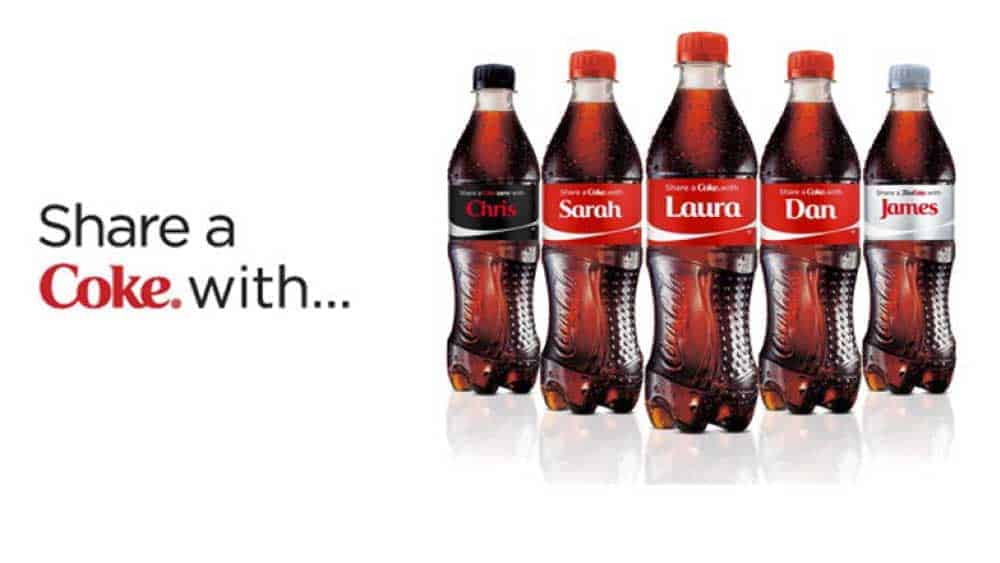
Making sure your text is easy to read is the most critical design principle that is often taken for granted.
Avoid using fancy typefaces that might look pretty, but will plummet the clarity of your post.
With consumers spending an average of three hours a day on social media apps on their mobile devices, a more substantial chunk of your content is consumed via smaller screens.
Which means you have to keep the font size readable.
2 – Colour
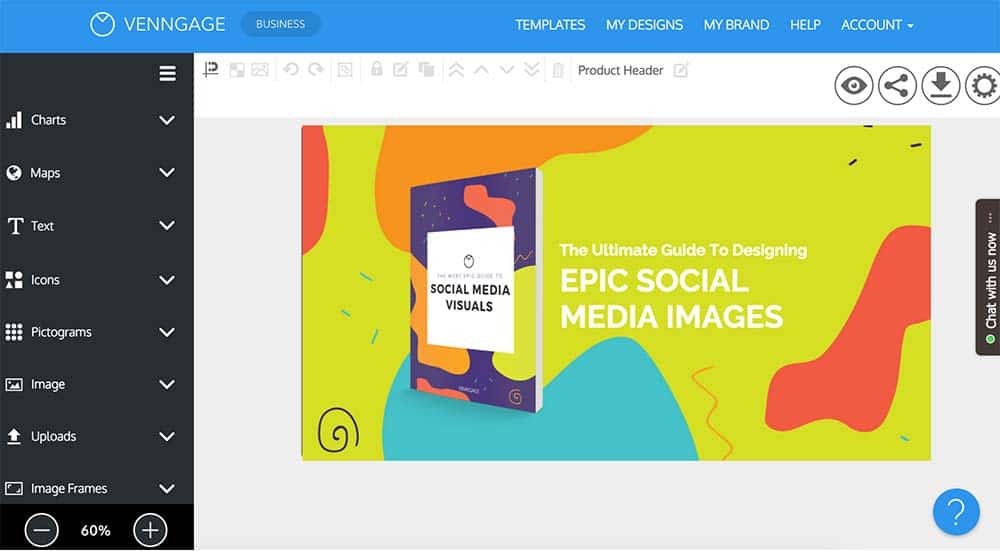
Colour is an excellent tool for creating balance and contrast.
However, it is vital to understand how certain hues or pairings can influence perception.
Colours belonging from the red and yellow families can stimulate energy, while those in the blue spectrum can project calmness and trustworthiness.
So, when you start to work on your social media graphics, think about what emotions you want to evoke.
When you have determined the desired feelings and effects, you can work with different colour palettes to convey your message.
3 – Writing style

Like colour, your writing style also has the power to convey the right tone and mood.
It is crucial to keep in mind the desired tone of your message when choosing a font.
You need to know where your ad copy needs to sound humorous and where it needs to convey a more professional and serious message.
Depending upon the nature of your message, you can choose between the typefaces that will help you express the exact emotions.
4 – Maintaining the right visual hierarchy

Visual hierarchy refers to the use of elements like type, colour, size, and position to highlight important information on a page.
Similar to syntax or punctuation, visual hierarchy ensures order and helps readers grasp and comprehend information quickly and accurately.
You need to keep in mind that everyone reads top-down and left-right by nature in the West.
The use of heavy font styles or intense colours can affect our natural processing.
Therefore, while creating graphics to market your online store on social, make sure to maintain a clear hierarchy that will help you grab a viewer’s attention.
5 – Context
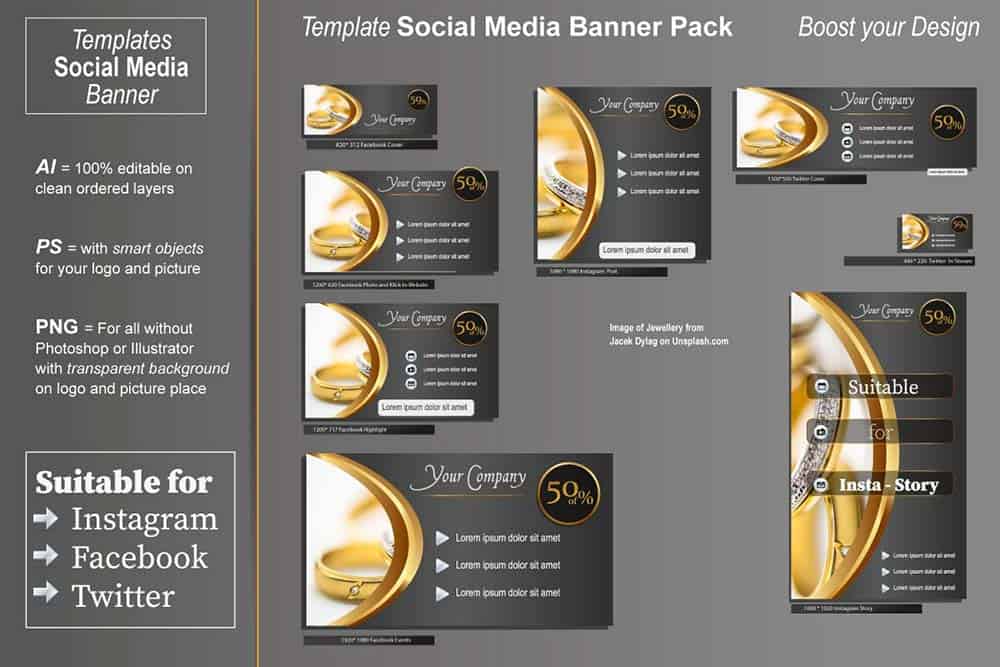
Keeping in mind where your visuals will float is the key to tailor your graphics to the right sizes and preferences of the respective social media site.
Understanding your customer’s motivation and which social media platform they are likely to use the most, is crucial for this step.
You need to ensure that once you have grabbed your viewer’s attention, you are offering them some value and not just wasting their time.
Every audience is different, so you cannot just go with the one size fits all strategy.
Knowing what motivates your target audience to use the relevant social media site can help determine the flow of your content.
A New York Times Customer Insight Group revealed five reasons why people share content on social:
- To enlighten, entertain and bring value into the lives of people they care about.
- To project their thinking.
- To nourish and grow their connections and relationships.
- To help spread the word about causes they believe in.
- Self-fulfilment.
Optimising your visuals for a range of social networking sites can help you catch maximum exposure for your brand.
By simply resizing your images to suit the respective social network, you can improve the engagement score of your content.
If you are not sure what size your social media graphics need to be, here’s a handy guide to ideal social media banner sizes for every platform in 2019/20.
Social media graphics and brand identity
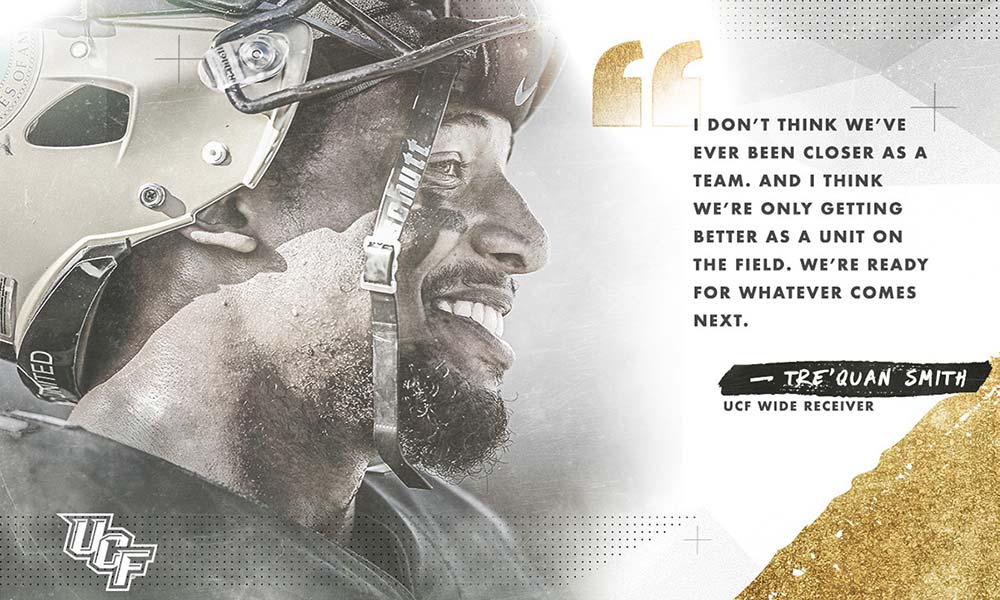
Now that you are armed with the basics of creating strong visuals for social media.
It is time you focus your attention on how to leverage the power of your graphics to reinforce and improve your brand story.
Consistency is the base of building your brand.
It takes about five to seven impressions for people to begin to recognise your business.
This means that the frequent use of crucial brand ingredients, i.e. colours, logo, and typeface, is vital for success.
Users are more likely to identify your brand and develop a more precise understanding if your graphics look and feel related.
If your graphics make use of different colours every time, they will fail to have a cumulative branding effect.
You might want to take note of the following strategies that can help you create a robust social media branding effect:
Make sure to cover all your basics
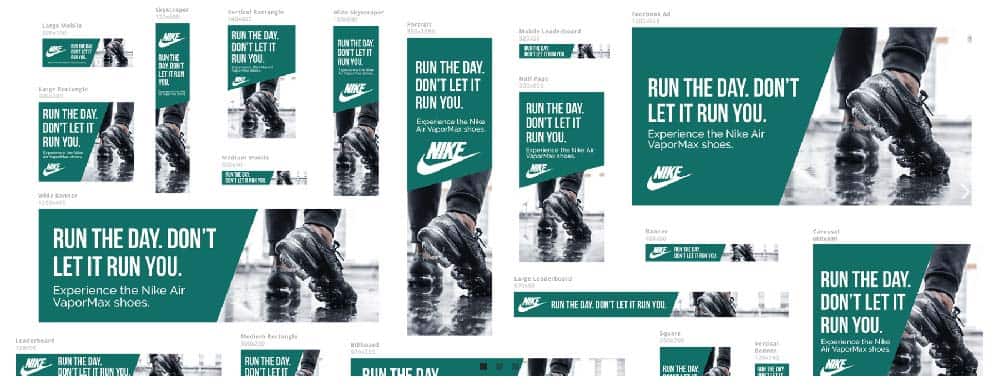
You want to ensure that you have a consistent logo design, brand colour palette, bio, hashtags, and handle.
However, some companies prefer to change their logo styling between different social networks depending on how small the allotted profile photo space is and the interests of their target audiences.
Whatever you choose to do, it is essential to make sure that your social profiles have a common thread that your audiences will recognise as your brand.
There are also times when you can use your branding basics to your advantage.
For example, celebrating a hashtag holiday or launching a campaign can be a great hit.
Branding your presence on social media can be time-consuming, and like your posting schedule, it requires consistency and long-term thinking.
A few actions you can take right away:
- Conduct a social media audit across all your social accounts.
- Make sure your banners, logos, bios and social handles are consistent with your brand guidelines.
- Ensure you are posting with a consistent schedule and that your ad copies align with the feel and look of the branding you have established.
Catch more exposure for your visual branding
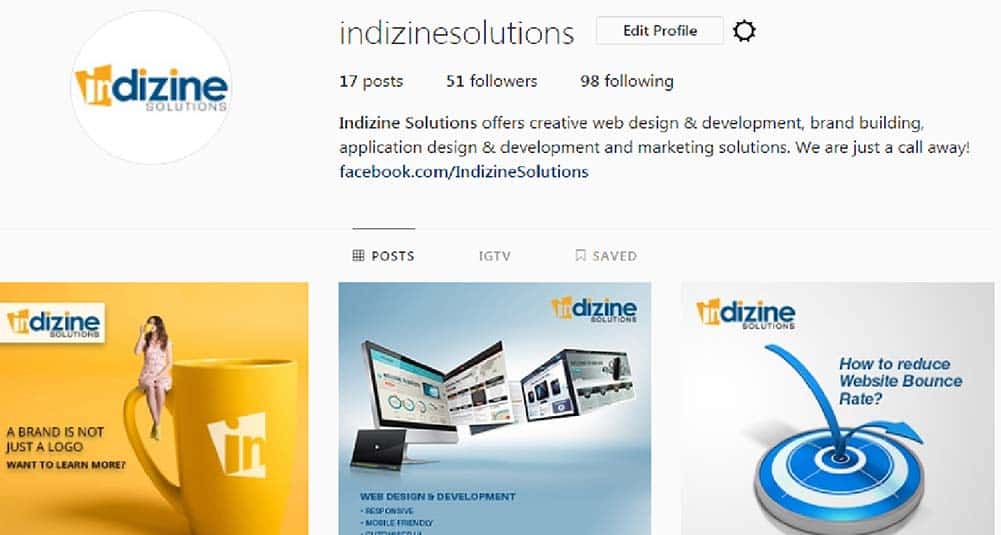
Once you have ensured that you have a consistent visual brand effect across your social networks, it is time to catch some more exposure for it.
You can do that by using the same colours and font styles reflected in your graphics, images, and videos.
Streamline your content by using filters, text overlays and video frames that best match your brand’s theme.
Over time, your audiences will notice the consistency in your content and begin to recognise when a post is from you without seeing your brand’s logo or website.
Being able to generate this type of brand recognition is the ultimate goal for your social media branding strategy. Some actions you can take to ensure this:
- Roll out your visual brand guide that includes fonts, their uses, and colours to your staff that has access to your social channels.
- Create and use a standard graphic template for the same type of announcement, i.e. seminar, new product launch, the addition of new products to your online store, discount offers, etc.
- Design photos and videos that will powerfully project your brand’s original theme.
Establish your brand tone

Following graphics, ad copies and captions are the next essential elements of branding your social media updates.
Business social media profiles need to have some personality.
While for some brands, it is snarky or sarcastic; for others, it is informative.
You are likely to have a brand voice set for your other marketing mediums.
Bringing that to social media, and immersing a specific approach to each platform, is a good practice.
Your brand’s voice guide needs to include details like company catchphrases, brand persona, vocabulary and personality traits.
Outlining small details, like whether or not to use the terms ‘customer’ or ‘patient’ can help you keep your content consistent.
Especially if you have multiple people managing your social media accounts, having a guide in place keeps your team aligned so that your brand writing appears the same everywhere.
A few steps you can take to help you with that:
- Use your social data to understand your audience and define your writing tone and style on social.
- Conduct an audit of your own social media posts to see where you can work on your brand voice and tone.
- Roll out the guide and train your teams on how to write compelling ad copies that are in line with your brand’s tone.
What ways are you using to maintain a consistent approach on social? Let us know in the comments below.
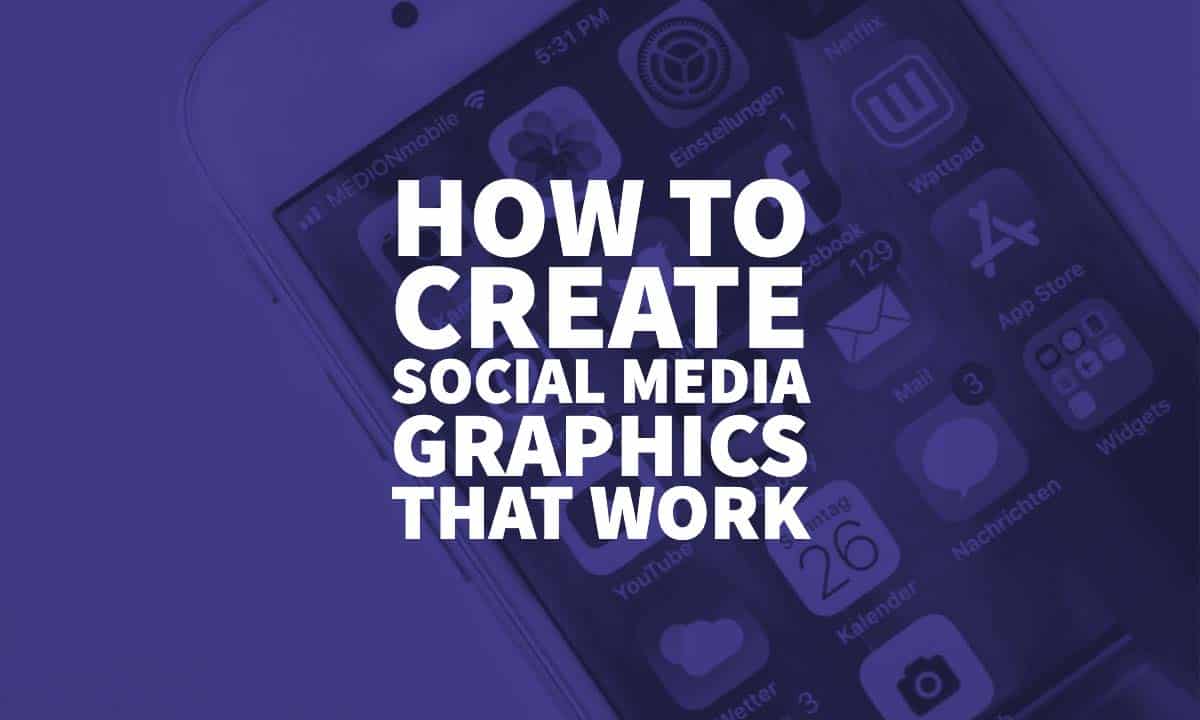
The post How to Create Social Media Graphics that Work is by Stuart and appeared first on Inkbot Design.


